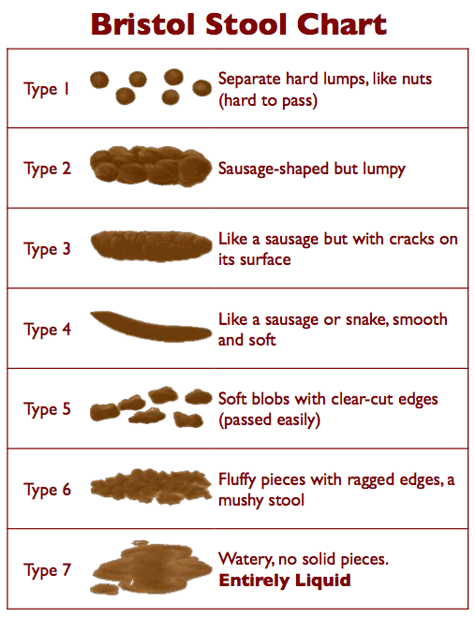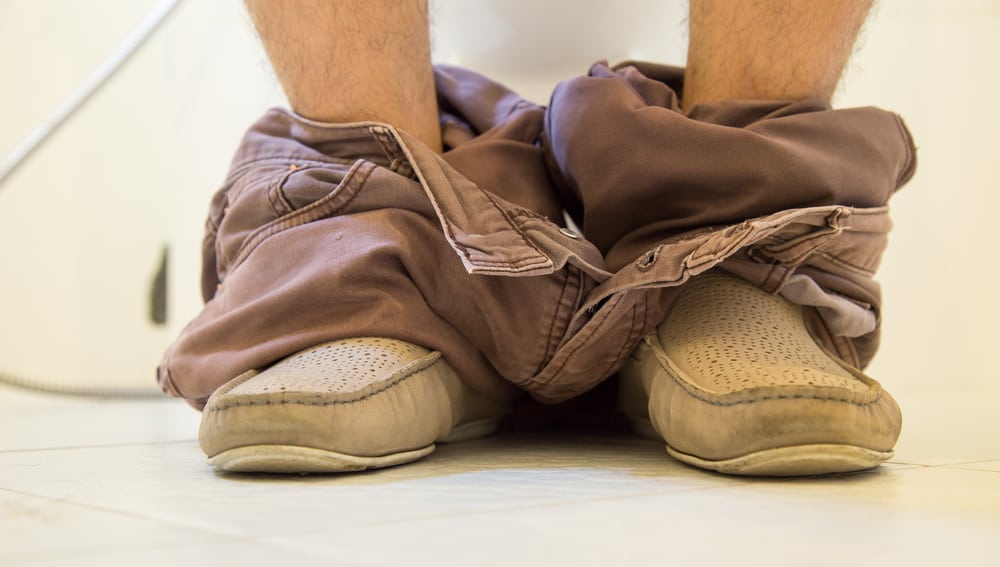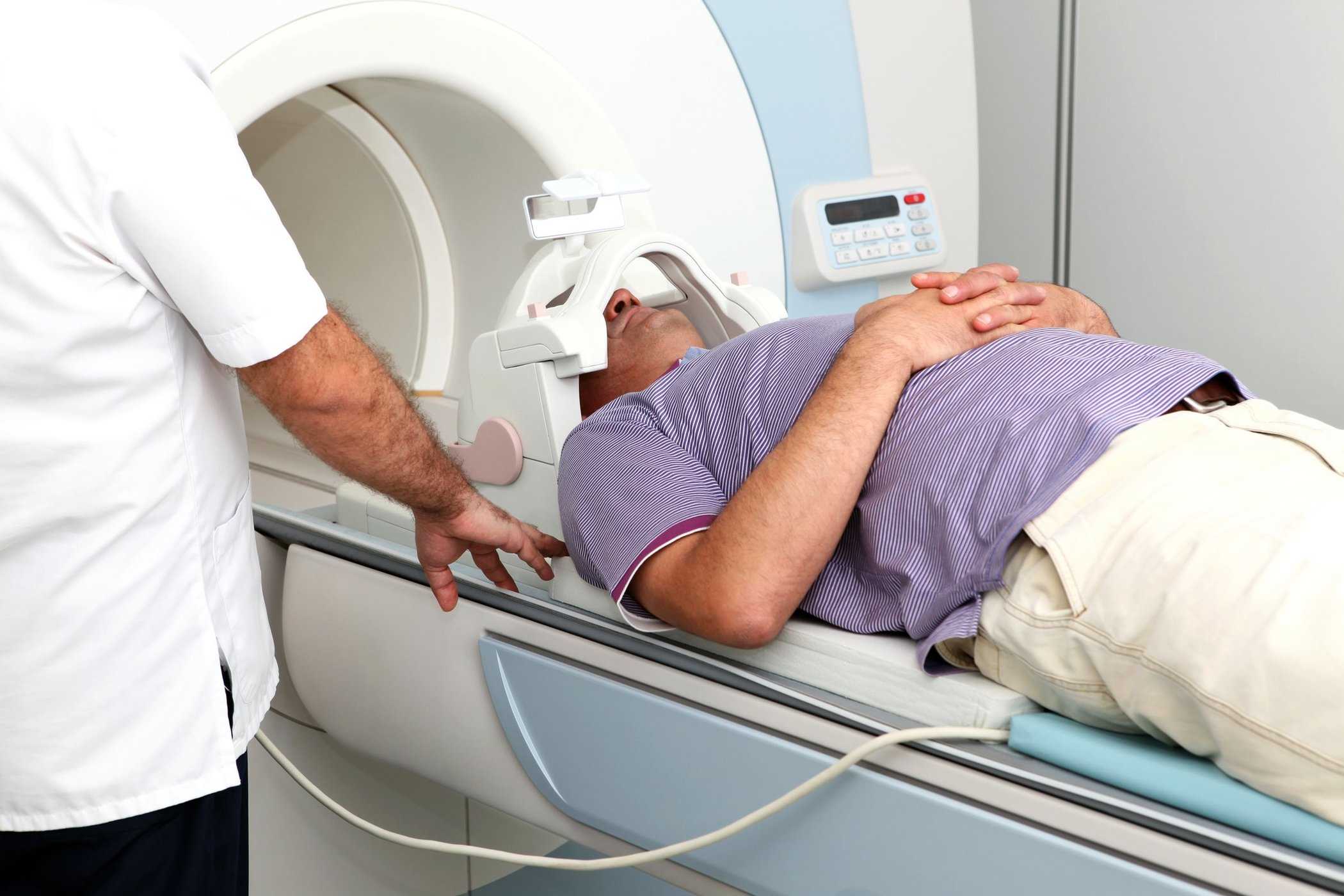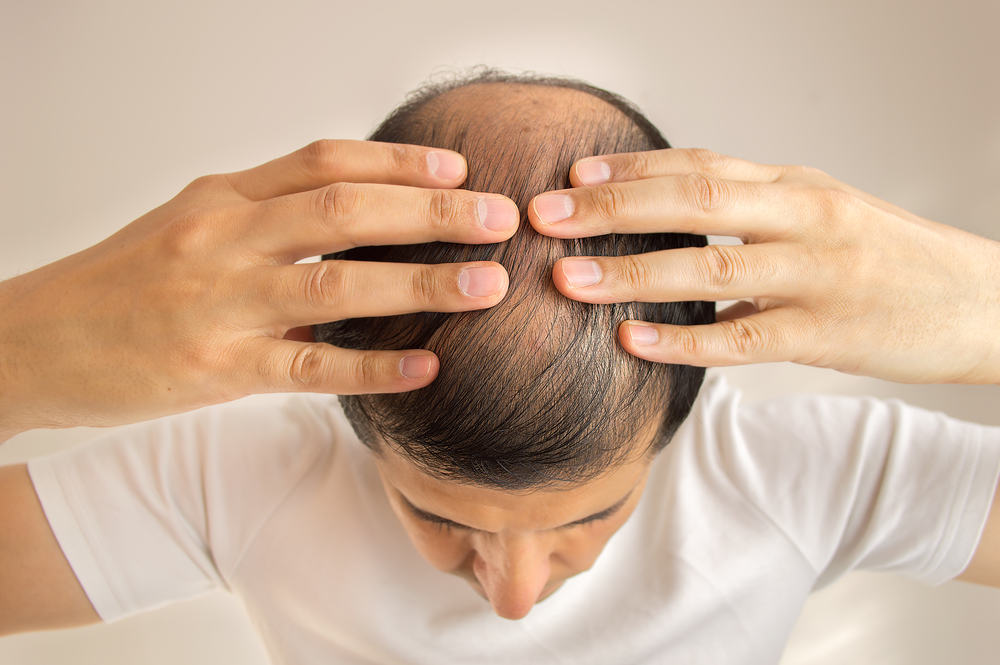Contents:
- Medical Video: 12 Things Your Stool Says About Your Health
- What is the normal shape and color of faeces?
- Scale bristol stool, an indicator to recognize your type of stool
- Stool color describes your health condition
- Black
- White
- Green
- Red
- Orange
- Yellow
- When should I see a doctor?
Medical Video: 12 Things Your Stool Says About Your Health
Stool is a normal part of the digestive process. Stool contains substances that are not useful in the body, including non-digestible food particles, bacteria, salt, and other substances. The shape, smell, and color of feces can vary depending on the condition of your body at that time. Come on, find out through the following reviews!
What is the normal shape and color of faeces?
Whether or not a person is healthy can be seen from the shape and color of feces, apart from physical conditions. Normal faecal texture is as follows:
- Brown to dark brown: This is because faeces contain pigments called bilirubin, formed from damaged red blood cells.
- Bad smell that tends to be strong: This is caused by bacteria in the feces that produce unpleasant odor gas.
- Does not cause pain: Healthy intestinal conditions do not make a person feel sick when defecating. Because, the pressure produced by feces tends to be weak so that at least it only takes 10-15 minutes to get out of the anus. If you spend more time during bowel movements, then you are likely to experience constipation, hemorrhoids, or other health problems.
- Soft texture: Stool that comes out in the form of one piece or several small pieces is a sign of a healthy intestine. Stool in healthy people is usually shaped like a sausage because of the elongated shape of the intestine.
- The frequency of bowel movements once or twice a day: Some people defecate once a day, but there are also those who defecate up to 3 times a day. Well, the frequency of normal bowel movements is at least 3 times a week.
- Consistent: Instead of depending on frequency, the most important thing is to focus on the consistency of defecation. If you experience changes in the smell, frequency, and color of stool rather than normal, then this is a sign of a problem with your health.
Scale bristol stool, an indicator to recognize your type of stool
Scale bristol stool is a measurement used to identify seven types of human feces. This chart is the finding of a doctor from the Bristol Royal Infirmary in England after conducting a large study of bowel habits in nearly 2,000 men and women.
With this scale, you can determine whether you are classified as healthy or not. Come on, recognize the following types of stool:

Type 1: Display of stools in the form of separate and hard spheres. This is a sign that you have constipation.
Type 2: Stool shape looks like a thicker and thicker sausage. This indicates the problem of mild constipation.
Type 3: Stool shape still looks like sausage but there are cracks on the surface. This form of stool is considered normal and shows a healthy body condition.
Type 4: Stool shape like sausage but more soft and snaking. This tends to be normal.
Type 5: Display faeces like soft lumps with clear edges. This indicates that you consume less fiber.
Type 6: The consistency of feces tends to be soft and irregular. This indicates that you have mild diarrhea.
Type 7: Stool consistency tends to be fluid without solid pieces, meaning you have severe diarrhea.
Stool color describes your health condition
After knowing the normal and abnormal stool shape, now you also need to know what kind of stool is normal and abnormal. Here is the color of feces that can be an indicator of your health:
Black
Stool color that tends to be black indicates bleeding in the upper digestive tract. This can also be caused by the influence of substances such as iron supplements, black licorice, and drugs containing bismuth. If you experience it for more than two weeks, immediately consult a doctor.
White
If the stool is white, gray, or pale, then this is a sign that someone is experiencing problems with the liver or lack of bile. However, this can also be caused by consumption of several anti-diarrhea drugs that make pale stools.
Green
If you often eat spinach, kale, or other green vegetables, this can cause the color of your stool to become green. However, greenish colors can be a sign that your stool contains more bile salt than bilirubin.
Red
Red stool color can be due to bleeding in the digestive organs such as indications of hemorrhoids. This can also be caused by the consumption of red fruits such as beets, red berries, and tomatoes, but usually the color of stool should end in a brownish color during the final disposal process.
If you experience it for more than two weeks, immediately consult a doctor.
Orange
The color of the stool can turn orange if you eat foods that are rich in beta carotene, such as carrots, sweet potatoes, and oranges. However, bile ducts that have problems or consumption of antacid drugs and rifampicin antibiotics can also cause the stool color to become orange.
Yellow
If the stool color appears yellow or oily, it means that the stool contains too much fat. This may be caused by problems with absorption or disruption of enzyme and bile production in the body.
When should I see a doctor?
The change in the frequency and texture of stool should not be underestimated, especially if your stool turns red or black with a texture like coffee powder. The reason is, these two things indicate potential bleeding. Therefore, immediately seek medical help before you experience significant blood loss.
To maintain normal bowel function, you are encouraged to adopt a healthy lifestyle, such as increasing consumption of fibrous foods, regular exercise, controlling stress, and drinking water to avoid dehydration.












